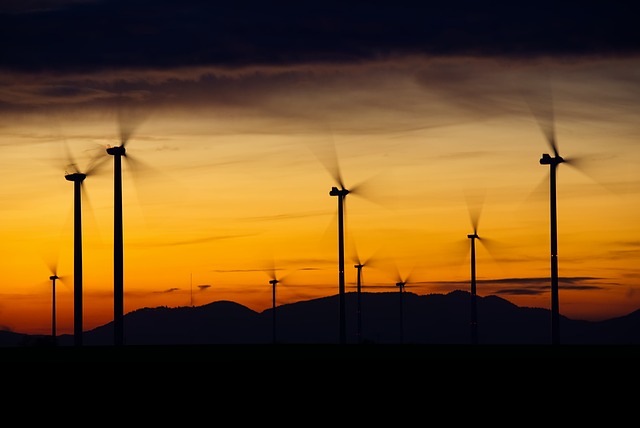
Wind Energy has Long been a Fundamental Element of the European Union’s Strategy to Combat Climate Change and Reduce Greenhouse Gas Emissions.
In October 2023, the EU announced an ambitious wind energy plan, which promises to lead to significant growth in the wind sector in Europe. This plan has been welcomed with enthusiasm by environmentalists and the growing number of renewable energies promoters and is considered a significant step towards a sustainable future through a potential positive impact on the transition to a cleaner energy system.
Climate change is one of the most urgent challenges of our time, and the European Union has set the goal of becoming carbon-neutral by 2050 but, to reach this ambitious goal, it is essential to reduce dependence on fossil fuels and increase use of renewable energy sources. Wind energy is one of the main options for reducing carbon emissions and promoting sustainability and the plan presented by the EU in October 2023 sets a number of key objectives for the wind sector. Some of the highlights include Europe’s significant increase in installed wind capacity by 2030 including through the construction of new wind farms both onshore and offshore.
The plan proposed by the European Commission includes significant investments in research and development to improve the efficiency of wind turbines and develop new related technologies. To cope with fluctuations in wind energy, the plan includes expanding and improving Europe’s electricity grids. Such accelerated development of wind energy should also lead to the creation of thousands of jobs in the renewable energy sector. The plan also includes measures to recycle wind turbines efficiently at the end of their useful life, thereby further reducing otherwise unavoidable environmental impacts.
By increasing wind capacity, the EU will reduce greenhouse gas emissions and significantly contribute to the fight against climate change. The expansion of the wind sector creates economic opportunities, from the production of wind turbines to installation and maintenance, significantly expanding the relevant industrial sector. Wind energy helps diversify energy supply sources, reducing dependence on fossil fuels, therefore, new investments in research and development push technological innovation towards this sector, contributing to the evolution of renewable energy. The increase in wind energy contributes to ensuring greater energy security in the EU, finally reducing the dependence on fossil fuel imports, which are destined to suffer more and more limitations as the years pass and with the growth of the electricity sector, especially in the automotive area.
However, if not managed correctly, wind development can have negative impacts on the environment, such as loss of habitat for wildlife and it is, therefore, important to carefully consider the location and planning of wind farms. The expansion of the wind sector requires significant investments; therefore, the EU will face financial challenges to withstand the economic impact of such technological growth. The planning and construction of wind farms require close cooperation between member countries and tensions may arise related to the division of costs and benefits as the electricity grid will also have to be adequately updated to manage wind energy defined as “intermittent” resulting in further investments in infrastructure.
The European Commission’s plan represents, however, a significant step forward towards a sustainable future and in order to reach the much-desired ecological transition. With ambitious goals for the expansion of the wind sector, investments in research and development, and a commitment to reduce carbon emissions, the European Union demonstrates its commitment to fighting climate change. However, it is important to address the challenges associated with this transition, such as environmental impacts and financial issues. With the right planning and cooperation among member countries, the plan could represent a successful model for the large-scale adoption of wind energy around the world.
Alessandro Fiorentino



 Subscribe
Subscribe